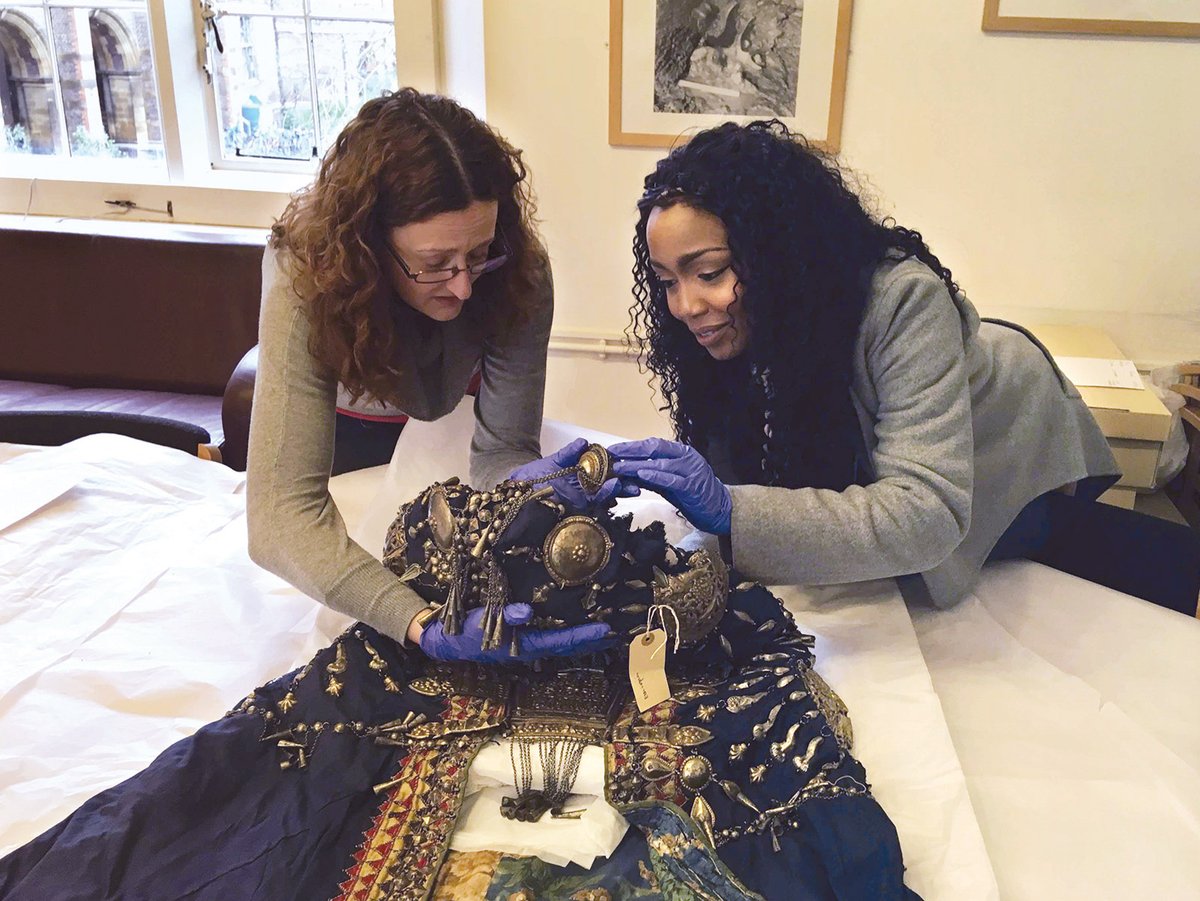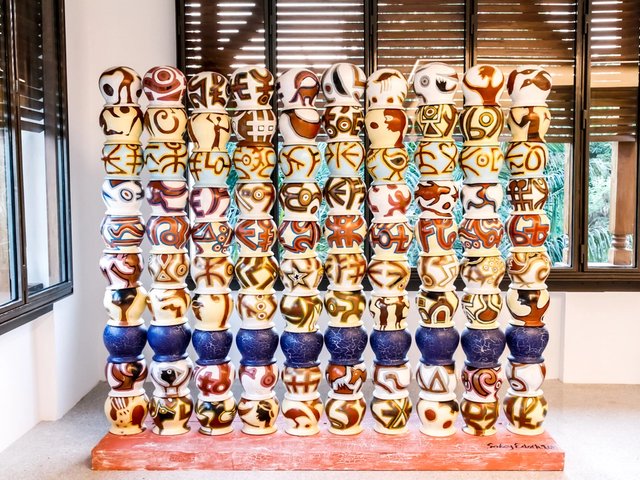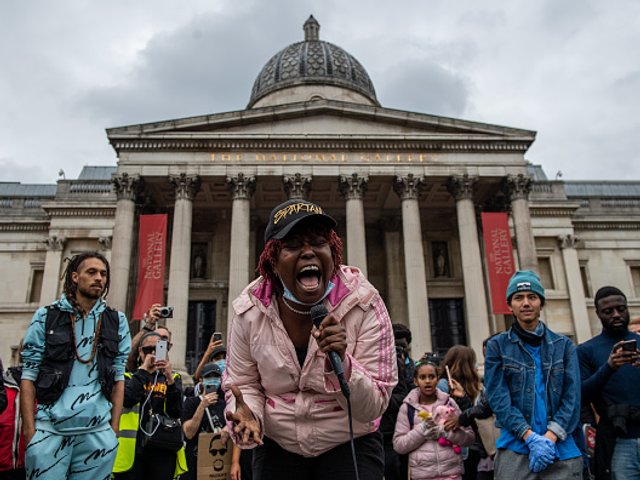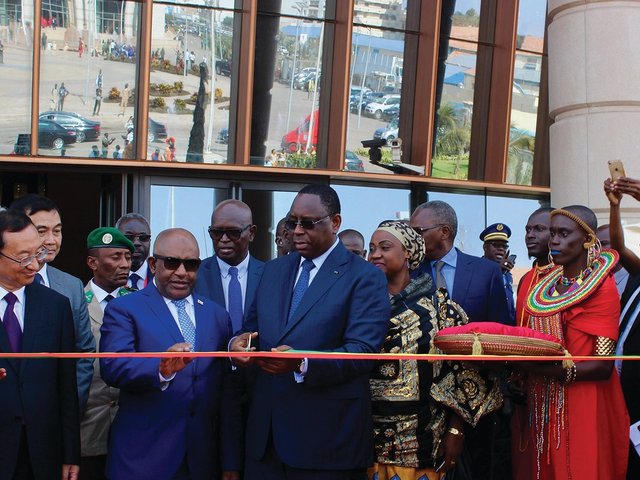Across Europe and North America, Covid-19 is possibly being brought under control, and economic indicators are better than anticipated. An emerging sense of relief and a renewal of hope are palpable. Yet a health check on the global social order is far less reassuring.
For starters, the climate crisis has not gone away, authoritarianism and oppression are increasingly lethal in many places, Gaza is again a war zone, and if we have numbers for the millions lost to the virus, we are far from calculating the broader impacts on public health, young people or exacerbated inequalites of gender and race. In this profoundly troubling context, some commentators think the political priority of our time is the denunciation of museums. An Oxford archaeologist, Dan Hicks, argues in The Brutish Museums and effusively through social media that they were as integral to empire as the machine gun; they are “places of extreme violence” and “indexes of mass atrocity”.
Some may be concerned that the careful management of actual sites of atrocities, such as former concentration camps, may be diluted if “extreme violence” is now to be identified in every cultural precinct. Historians of Africa, Asia and the Pacific, including academics from those regions, may be dismayed that decades of research documenting the resistance, creativity and agency of locals within empire is overlooked. Violent appropriation indeed did take place, and should be acknowledged and redressed, but there is plenty of evidence that much across collections of world cultures was made for collectors, or deliberately sold by people who sought to participate in colonial commerce.
History aside, this trashing of cultural institutions comes at a perilous moment, in Britain in particular. The government has moved against the sector by asking prospective trustees to declare alignment with government policy. The principle of the independence of “arm’s length bodies” may be esoteric for most voters, but is as vital to civil society as the independence of the judiciary. At the same time, arts education budgets are being cut, notwithstanding the formidable and extensively evidenced contribution of the cultural sector to the economy. An academic who sees career advantage in being more radical than radicals is not to blame, but silly hyperbole certainly emboldens ministers who relish the distraction of appearing to stand up for the moderate majority, while messing with conventions respected by their recent predecessors.
Botanic gardens were intimately engaged in a global traffic in species. But Kew is not a crime scene.
In any event, the argument that the museum is a site of “extreme violence” rests on a pretty simple error. The identity, value and effect of a place is not a historical microchip. Institutions may have been founded with philanthropic ambitions but later do harm and vice versa. Most religions have at times engaged in persecution, abuse or intolerance, but a mosque or church can be a space of solidarity, faith, contemplation or hope. National parks in Africa and elsewhere were often first established as game reserves, predicated on racism and dispossession, but today protect biodiversity and drive sustainable development. Botanic gardens were intimately engaged in a global traffic in species, such as the transplantation of breadfruit from Tahiti to Jamaica to provide cheap food for slaves. Such histories are important reminders that science has always enabled both life-changing improvements and incalculable harm. But Kew is not a crime scene.
Moving forward
The notion of permanence associated with the museum is utterly misleading. Institutions have changed in many ways, especially over the past 50 years. In fits and starts, they have embraced public participation and democratisation. This has meant different things, including decades of engagement with Indigenous peoples and those from post-colonial nations, exemplified by a ceding of curatorial control (labels may be written by elders), the return of human remains and artefacts, and sometimes co-stewardship arrangements.
Within European nations, museums are way beyond where they were. The 2019 Art Fund Museum of the Year, St Fagans in Wales, involved more than 700,000 people in reinventing a museum that unambiguously belongs to those it represents. World cultures museums have removed racist language from old labels and showcase today’s issues; there has also been a sea change in leadership and staff. Eminent Kanak anthropologist Emmanuel Kasarhérou is the president of the Musée du quai Branly-Jacques Chirac; the brilliant cultural critic Wayne Modest, from Jamaica, is a director of the National Museum of World Cultures in the Netherlands; the curators for Oceania at the Metropolitan Museum of Art in New York and the British Museum are Maia Nuku and Gaye Sculthorpe, distinguished researchers of Maori and Indigenous Australian descent respectively.
Academic underpinnings
Scholarship and diplomacy may sound like different things, but deep academic commitments have long underpinned the redefinition of relations between European museums and the people from whom collections were made, indeed sometimes patently looted. When Annie Coombes and I went to Benin City in April 2018, we were welcomed not least because her 1994 book Reinventing Africa had put the issue on the map. That we were not jumping on a bandwagon made traditional leaders, state and federal politicians, artists and other stakeholders interested in practical conversation about how the return of Benin bronzes could be advanced, and Governor Obaseki made that visit the occasion to publically announce a commitment to establish a new museum, now designated the Edo Museum of West African Art.
The initiative was emphatically driven by local actors, but interaction with international professionals, most importantly the European partners in the Benin Dialogue Group, has given momentum to their longstanding ambition. For their part, curators have learned immeasurably from the generosity of Nigerian hosts, especially from chances simply to hang out with the sculptors who continue to make bronzes today, and with other artists, who may in future co-produce displays in our institutions. Unfortunately, the Hicks-style monologue learns nothing from, and contributes nothing to, an art of listening that curators have cultivated for decades. That art will continue to enrich museums for their publics. As institutions and international travel reopen, it will become possible again to go the distance and engage meaningfully with the heterogeneity of local perspectives—and recognise where repatriation is in fact overdue.
The august notion of the universal museum is past its sell-by date, tarnished by its deployment by museum leaders to categorically oppose the return of cultural heritage. But we need, more than ever, the cosmopolitan museum. Some of those who advocated the inclusion of Africa and Oceania in north American art museums from the 1960s onward are now worried that collections consigned to toxic status will be excluded from display. Such fears are probably unfounded. But most nations that host great museums of art and civilisation are post-migrant, permanently reconstituted by movements of people. They urgently need to be more representative, and cosmopolitan in the philosopher Kwame Anthony Appiah’s ethical sense. We cannot congratulate ourselves on some inclusiveness in principle, or on start-stop progress that has been made thus far. We can only keep trying to interact respectfully and learn from each other. Museums are opening again, and must continue to be open to suggestion and challenge, and to ways of working that they have not yet seen the need for.
Herself a heroic survivor of illness, the artist Tracey Emin has recently put in a plea for museums, lamenting a lack of awareness in government of “the soulful benefits of looking at art”. Through even the worst of times, human creativity is unstoppable. Works from the past and present, from across cultures and time, are endlessly stimulating. They do nothing less than enable us to think and feel. Museums open worlds for their visitors. They are indeed good for our souls.
• Nicholas Thomas has been director of the Museum of Archaeology and Anthropology, Cambridge, since 2006. He is author of The Return of Curiosity: What Museums Are Good for in the Twenty-First Century (2016) and many other books. He writes in a personal capacity.





